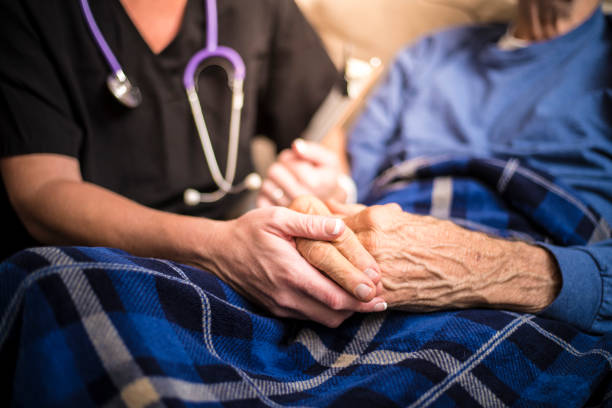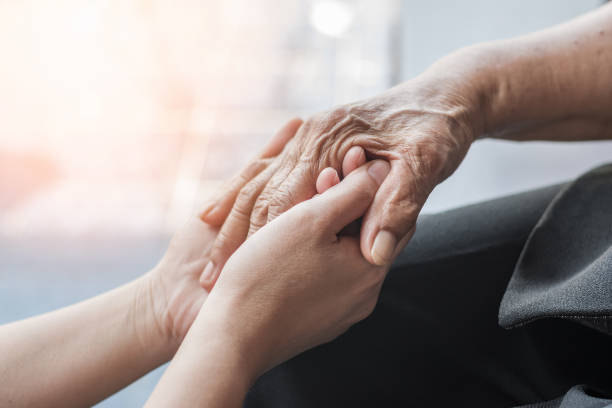Parkinson’s disease is a progressive neurological condition that primarily affects movement, but its impact extends far beyond motor control. For seniors, the condition can pose significant challenges to independence, quality of life, and emotional well-being. While there is currently no cure, a variety of therapeutic approaches can help older adults manage symptoms and maintain an active, fulfilling lifestyle. By combining medical treatments with physical, psychological, and social support, seniors can learn to cope with the complexities of Parkinson’s and improve their overall resilience.
Contents
- 1 Understanding Parkinson’s Disease in Seniors
- 2 Medical Interventions and Medications
- 3 Physical Therapy and Exercise
- 4 Occupational Therapy and Daily Living Support
- 5 Speech and Swallowing Therapy
- 6 Emotional and Mental Health Support
- 7 Nutritional Guidance
- 8 Social Engagement and Community Resources
- 9 The Role of Caregivers and Family
- 10 Looking Ahead with Hope
Understanding Parkinson’s Disease in Seniors
Parkinson’s disease develops when brain cells that produce dopamine—a neurotransmitter essential for smooth muscle movement—begin to deteriorate. This decline leads to hallmark symptoms such as tremors, stiffness, slowed movement (bradykinesia), and impaired balance. Beyond motor difficulties, seniors may also experience cognitive changes, sleep disturbances, and mood disorders like depression or anxiety. Understanding the multifaceted nature of Parkinson’s is the first step in creating an effective therapeutic plan.
Medical Interventions and Medications
Medication remains the cornerstone of Parkinson’s treatment. The most common drug is levodopa, which the brain converts into dopamine to help control motor symptoms. In some cases, seniors may also benefit from dopamine agonists or enzyme inhibitors that prolong dopamine activity. For those with more advanced disease, deep brain stimulation (DBS)—a surgical procedure that implants electrodes in specific areas of the brain—can provide meaningful symptom relief. Regular consultation with neurologists ensures that medications remain effective and adjusted to the individual’s needs, reducing both motor and non-motor complications.
Physical Therapy and Exercise
Movement is medicine for seniors living with Parkinson’s. Physical therapy focuses on exercises that improve strength, flexibility, balance, and coordination. Therapists often use gait training, stretching routines, and resistance exercises to reduce stiffness and help seniors maintain mobility. Beyond formal therapy, engaging in regular physical activities like walking, swimming, yoga, or tai chi can be highly beneficial. These activities not only strengthen muscles but also improve mood and reduce the risk of falls, a major concern for older adults with Parkinson’s.
Occupational Therapy and Daily Living Support

Occupational therapy helps seniors adapt to daily life challenges by teaching strategies to maintain independence. This may involve training on using adaptive tools for dressing, eating, or writing, as well as modifications to the home environment to improve safety. Simple changes, such as installing grab bars in bathrooms or using utensils with ergonomic handles, can significantly ease daily routines. Through these interventions, seniors are empowered to retain autonomy and reduce frustration associated with motor limitations.
Speech and Swallowing Therapy
Many seniors with Parkinson’s face difficulties with speech, voice projection, and swallowing. Speech-language pathologists provide targeted therapies to strengthen vocal cords, enhance articulation, and reduce the risk of choking. Programs such as the Lee Silverman Voice Treatment (LSVT LOUD) are widely recognized for improving vocal strength and clarity. Swallowing therapy also plays a vital role in ensuring safe nutrition and preventing aspiration pneumonia, a common complication among elderly patients.
Emotional and Mental Health Support
Parkinson’s disease is not only a physical condition but also an emotional journey. Seniors often struggle with the psychological weight of declining abilities, which can lead to depression, anxiety, or social withdrawal. Counseling, support groups, and mindfulness practices can provide much-needed coping strategies. Family counseling may also help loved ones better understand the disease and foster stronger emotional support networks. Maintaining mental well-being is as crucial as managing physical symptoms in preserving quality of life.
Nutritional Guidance
Nutrition plays a supportive role in managing Parkinson’s. A balanced diet rich in fiber, antioxidants, and lean proteins can improve energy levels and digestive health, which are often affected by medications. Staying hydrated and managing meal timing—especially around levodopa doses—can also optimize treatment effectiveness. For seniors struggling with swallowing difficulties, dietitians may recommend texture-modified foods that are easier to chew and swallow.
Social Engagement and Community Resources
Isolation can worsen the challenges of Parkinson’s, making social engagement an essential therapeutic approach. Seniors are encouraged to participate in community activities, Parkinson’s support groups, or senior wellness programs. These outlets provide not only emotional encouragement but also practical advice from peers who share similar experiences. Faith-based groups, volunteer work, or creative outlets like art and music therapy can also foster a sense of belonging and purpose.
The Role of Caregivers and Family
Caregivers, often family members, are vital in helping seniors navigate Parkinson’s disease. They provide daily assistance with medications, exercise routines, and emotional encouragement. Education for caregivers is equally important, equipping them with the tools to manage stress and avoid burnout. By fostering a partnership between seniors, caregivers, and healthcare professionals, the overall therapeutic approach becomes more holistic and sustainable.
Looking Ahead with Hope
Living with Parkinson’s disease can feel daunting, but seniors are not without options. A combination of medical treatment, physical rehabilitation, emotional support, and community resources provides a strong foundation for coping with the condition. While challenges remain, the goal is not simply to manage symptoms but to enhance dignity, independence, and joy in everyday life. With the right therapeutic strategies, seniors can continue to live meaningfully despite the limitations Parkinson’s may impose.
